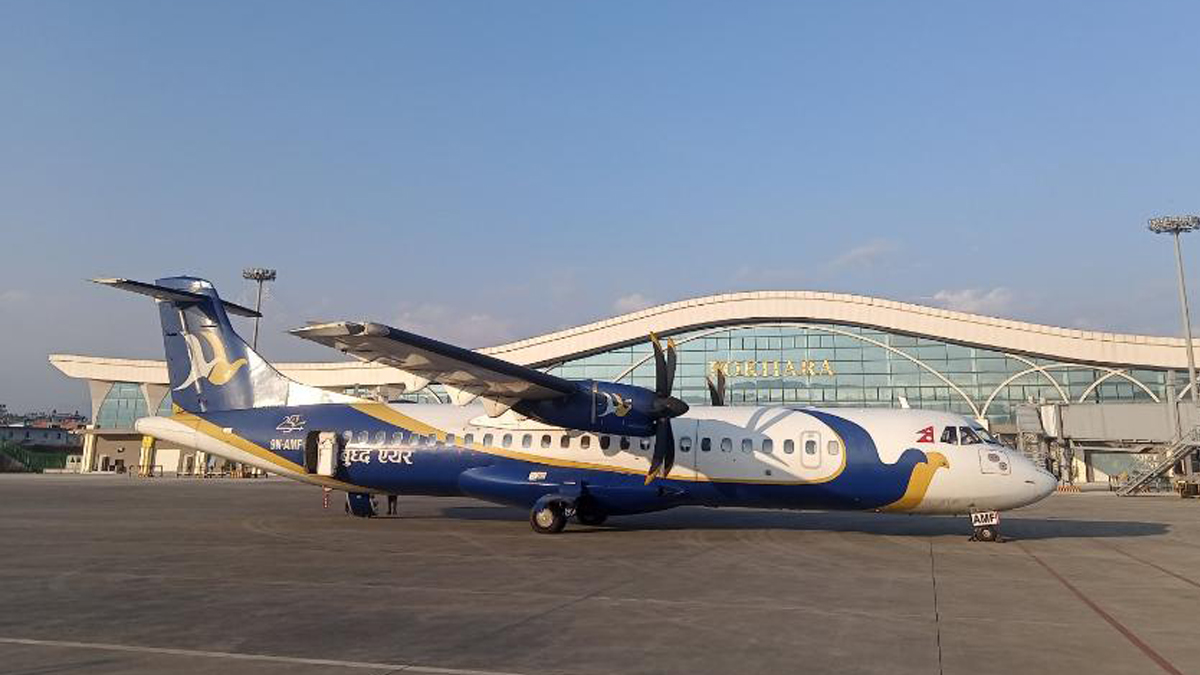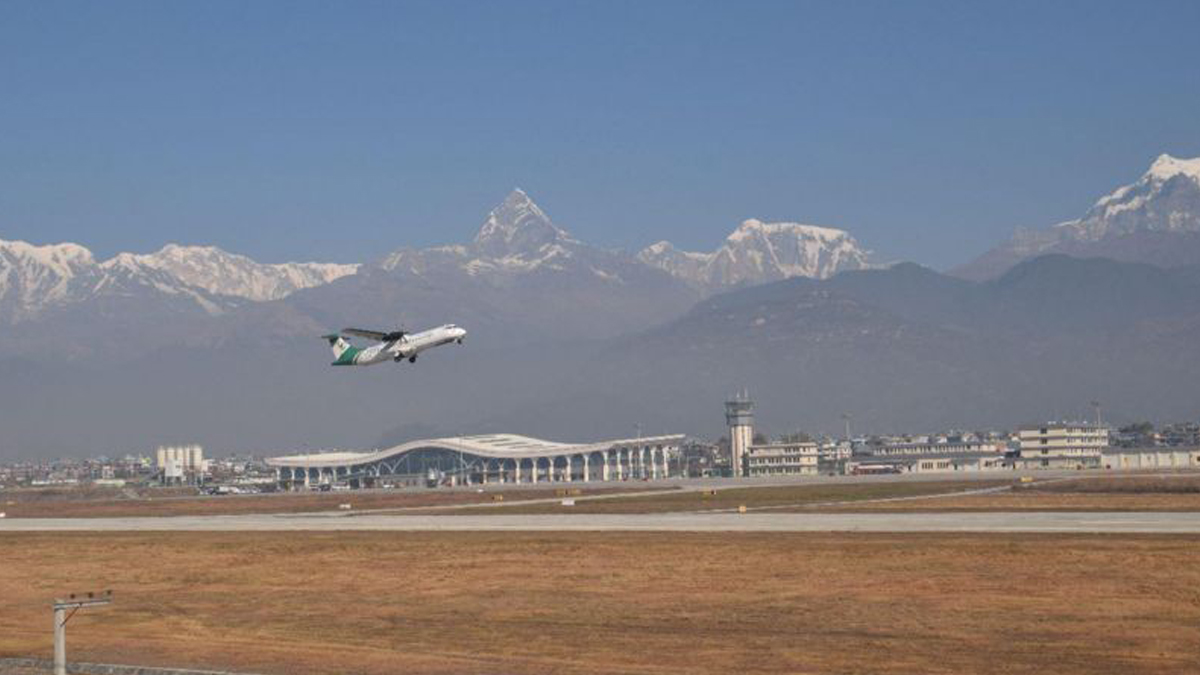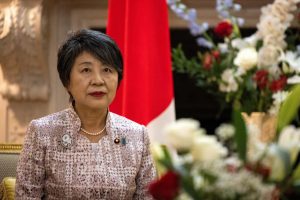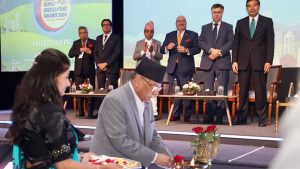
China-Built Pokhara Airport: Yearly Earnings Only 0.4 Million, Questions on China’s Intentions
The Pokhara Regional International Airport (PRIA), constructed with a loan of 22 billion rupees, has completed its first year of operation. However, given the limited presence of international flights, the question of repaying the loan appears to be complex.
Prime Minister Pushpa Kamal Dahal ‘Prachanda’ inaugurated Pokhara International Airport with great enthusiasm on January 1, 2022.

To date, two charter planes from China and one from Bhutan have landed at the airport. Additionally, during the Jajarkot earthquake, two cargo planes from the Chinese People’s Liberation Army arrived with relief materials.
Although the flight operated by Himalayan Airlines from Kathmandu on the day of the airport’s inauguration and the subsequent one were domestic, the Civil Aviation Authority of Nepal (CAAN) has categorized them as international flights. Consequently, a total of seven international flights have taken place.

In the first year, Pokhara’s international airport and the old airport collectively generated 330 million rupees. The old airport continues to host helicopters, ultralights, and Jomsom flights. Jashoda Regmi, the information officer of Pokhara International Airport, reported that only approximately 0.4 million rupees were earned from international flights. This income primarily originated from Bhutan’s Druk Air, which returned with 42 passengers. Although other planes arrived with tourists, they departed from Pokhara without carrying any passengers.
The loan installment is notably high compared to the airport’s income, funded by a loan from China’s Exim Bank. According to CAAN, Nepal has paid approximately Rs 950 million in interest payments and commitment fees thus far. However, the due amount was not paid last Ashoj.
CAAN is servicing the loan and interest of Pokhara International Airport using funds from Pokhara, as well as from other sources and income from various airports .
China’s debt-trap?

With the airport performing poorly and struggling to sustain itself, questions are arising about whether it could be a debt trap set by the Chinese side to corner Nepal.
Even before the airport was inaugurated for takeoff, troubles had begun to mount. A day prior to the opening, the Chinese embassy in Kathmandu unilaterally declared that the Pokhara International Airport was a “flagship project of China-Nepal Belt and Road Initiative (BRI) cooperation.”
“This is the flagship project of China-Nepal BRI cooperation. Warm congratulations to the Nepali Government and the Nepali people!” the embassy proclaimed.
This declaration unsettled the Nepalese government, with newly-appointed Prime Minister Pushpa Kamal Dahal ‘Prachanda’ expressing concerns about why and how this issue had surfaced at such a critical time.
Two weeks after the inauguration, the airport made international headlines again, but for all the wrong reasons. A Yeti Airlines twin-engine ATR 72 plane crashed while attempting to land at the airport. The plane crashed on the bank of the Seti River between the old airport and the new airport.

There were 72 people onboard the plane, including two infants, four crew members, and 10 foreign nationals. According to reports, 68 individuals lost their lives in the crash.
In March 2016, China’s Exim Bank provided a $215.96 million loan agreement for the construction of the airport.
To ensure its sustainability, the airport should be conducting a minimum of 100 daily domestic and 500 weekly international flights, as specified by the Civil Aviation Authority of Nepal (CAAN).
The airport is required to pay an annual interest of $3.2 million, for which it must generate income exceeding $19 million when operating at full capacity.















I do not think China has any responsibility in running the airport. linking it with airport income is not logical.